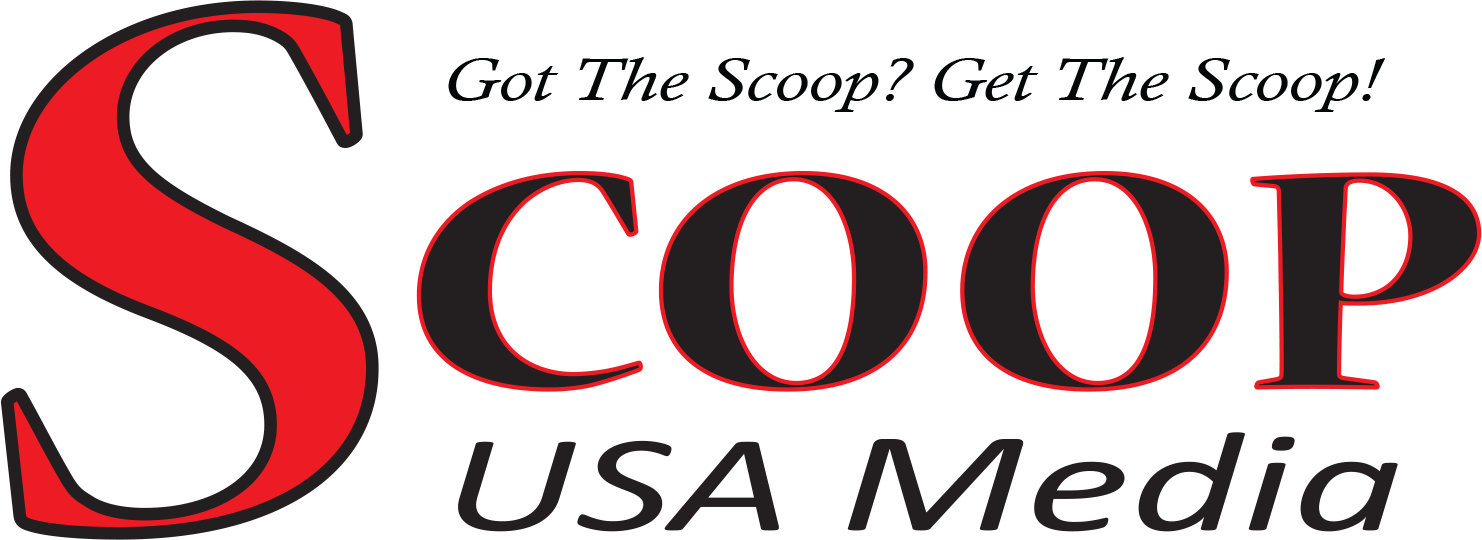PHILADELPHIA, PA – I’m sure millions around the world would agree that 2020 was a very challenging year. And 2021 opened with a bang, too: terrorists attack the nation’s Capitol Building; Philadelphia experienced 60 homicides in less than two months; COVID-19 deaths exceed 500,000 in the U.S. alone; and globally, the COVID-19 pandemic shuttered businesses and local economies resulting in millions of workers becoming unemployed. For those fortunate enough to maintain employment during this global scourge, finding ways to remain upbeat, productive, and vital in the workplace can be challenging during a pandemic era.
Happy Employees
Psychologist Ron Friedman, author of The Best Place to Work, reveals why workplace friendships heightens happiness and productivity in the workplace, “Studies indicate that happy employees are more productive, more creative, and provide better client service. They’re less likely to quit or call in sick. What’s more, they act as brand ambassadors outside the office, spreading positive impressions of their company and attracting star performers to their team.”
“When colleagues are close, a poor effort means more than a dissatisfied customer or an unhappy manager. It means letting down your friends.”
In her article The Importance of Positive Relationships in the Workplace, Elaine Houston, a researcher and writer for PositivePsychology.com, reports that positive relationships in the workplace are hugely beneficial to fostering a positive workplace culture, “With the average person spending more time at work than on any other daily activity, it is vital that individuals within any organization feel connected and supported by peers, subordinates, and leaders.”
Working From Home
Janice Endresen, Communications Editor-SC Johnson College of Business/Cornell University, wrote in a recent article (COVID-19’s impact on work, workers, and the workplace of the future) that, “COVID-19 will accelerate trends towards working from home past the immediate impacts of the pandemic.”
“Now, many workers participate in a variety of remote teams, via synchronous and asynchronous digital communication.”
What are some best practices to keep remote workers engaged and happy and to reduce worker conflicts? According to Endresen’s article:
• Build structural scaffolds to mitigate conflicts, align teams, and ensure safe and thorough information processing.
• Formalize team processes, clarify team goals, and build-in structural solutions to foster psychologically safe discussions.
• Provide opportunities for non-task interactions among employees to allow emotional connections and bonding to continue among team members.
Employee Engagement
In their Harvard Business Review article, Creating the Best Workplace on Earth, co-writers Rob Goffee and Gareth Jones shared that, “highly engaged employees are, on average, 50% more likely to exceed expectations than the least-engaged workers. And companies with highly engaged people outperform firms with the most disengaged folks—by 54% in employee retention, by 89% in customer satisfaction, and by fourfold in revenue growth.”
Incubation Of Ideas & Employee Autonomy
Dr. Pragya Agarwal, an award winning author, behavioral scientist and Forbes writer, in her article How Do We Design Workplaces For Maximum Productivity, she said, “When employees are excited, energized, and happier, they are bound to be more productive and also efficient with both time and resources.”
“Spaces that allow for incubation of ideas, and those that give freedom to the employees to choose the way they want to work help create an emotional connection between the people and the place. An emotional connection provides focus and respite and is comforting. When a strong connection is forged, then the movement in the place becomes effortless and seamless, and valuable time and energy is not wasted.”
Communication and Affirmation
Full circle communication between management and employees is essential to the overall success of any organization. Well informed employees feel empowered, engaged, and valued. Don’t assume information, vital instructions, and feedback will be passed along. Management must be intentional about how they convey important information most effectively to their employees. Also, highlighting the accomplishments of employees’ accomplishments raises morale which contributes to employees’ high productivity and contributions in the workplace.
Max Freedman, writer for Business News Daily wrote, “Be mindful of how you interact with employees. Team members and upper management should focus on their communication methods and the effects they have on creating a positive work environment.”
“Employees are motivated and feel valued when they’re given positive reinforcement and shown how their work contributes to the success of the business” said Dominique Jones, chief people officer at HEXO Corp. This means offering employees specific feedback on how their work contributes to the broader organization objectives.”
Invest In Employees
In an Indeed.com article entitled “Ways to Increase Productivity in the Workplace: New Trends for Managers,” it offers these three keys to employee success for management to implement within its workforce:
• Your employees will be more eager to go into work and be productive, giving their best to their employer, if they feel their employer is giving to them in return. You can easily give back to your team—and increase employee retention—by investing in their professional development.
• Meet with employees regularly to discuss career progression and professional development. Learn more about what their interests are and what skills they would like to develop. Evaluate where they could fit into the organization long term and how you can help them achieve their professional goals.
• Create employee development plans for each member of your team that lay out how your employees will obtain the skills they need to level up in their careers. For example, they may need to complete formal training or they may be able to obtain skills on the job or through mentoring. Establish loyalty among your workforce by promoting from within.
Although there are many more expert best practices, tips and suggestions regarding how management can foster happier-productive employees, the greater responsibility rests with employees to discover what makes them a more motivated, happier, engaged, and productive employee. Ultimately, employees must take greater responsibility to self-examine and discover what makes them more productive.
For employers to remain profitable and relevant, and for employees to justify their jobs, each individual employee must perform consistently at optimal levels of excellence, or risk their position becoming a casualty of the pandemic.
Positivity and Productivity reign supreme during The Pandemic
Reading Time: 4 minutes


